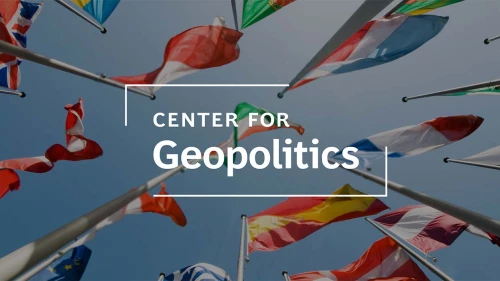不確実性が「常態」として経営の前提に組み込まれている今日、日本企業は変化を受容し、主体的に勝機を見極める姿勢が求められています。BCGコンサルタントが考える、2026年時点でビジネスリーダーが検討すべき10の経営論点を提示します。
Featured Insights
日本語コンテンツ

Article
2025年10月28日

Report
2025年1月13日
BCGの新たな調査では、今後10年間で世界貿易に劇的な変化が予測されています。国家間の同盟関係、対立、戦略的意図により、グローバル経済は再構築されていくと考えられます。

Article
2024年4月29日
より多くの大規模新興国がBRICSプラスに加わることで、国際情勢の中でグローバルサウスの発言力が高まり、既存の制度の優位性に異議を唱える可能性があります。
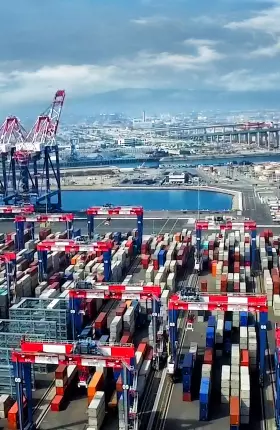
Article
2024年2月26日
BCGは100以上の国と主要な貿易圏の自由貿易協定を分析し、各国政府の貿易への関与度を複数の尺度で比較するツール「トレードエンゲージメント・インデックス」を開発しました。

Book
2024年6月21日
調達領域の専門知識を持つコンサルタントが、現場での豊富な経験をもとに、調達部門が置かれている現状を分析し、調達を競争力向上のドライバーへと進化させる改革をどう進めていくべきか提示します。
Global Business Priorities

Article
2025年12月16日
Geopolitics, tariffs, and government policies favoring strategic industries have joined the pursuit of efficiency and cost as key drivers of FDI flows.

Article
2025年4月28日
In addition to their traditional advantages in cost and resources, companies in the region are now expanding globally through innovation, cultural influence, and strategic risk-taking.

Article
2025年6月13日
CEOs must broaden their focus from immediate emergencies to longer-term considerations if they are to establish competitive advantage for the future.

Article
2025年5月28日
From trade wars and geopolitical shifts to regional wars and climate change, business leaders must manage through unprecedented complexity in the global landscape.

Article
2025年3月13日
Companies have a huge growth opportunity in emerging markets, but only if they have the right approach to get their products onto store shelves and into consumers’ hands.
BCG's Center for Geopolitics offers insights and strategies to navigate global power shifts, helping businesses prepare for the future of geopolitics.
Geopolitics, Tariffs, and Trade
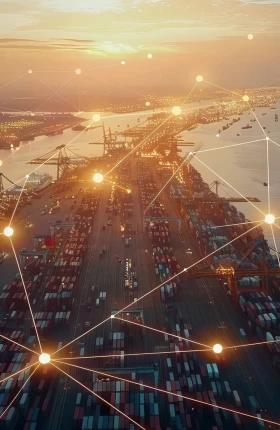
Article
2025年7月18日
The mantra in business used to be “cost is king,” then “resilience at all costs.” But in these uncertain and complex times, companies need an approach that delivers both.

The impending big boost in European defense spending will create major new markets for commercial firms across sectors—and a historic chance to transform the continent’s industries.

Article
2025年6月17日
Five actions can help CEOs move forward with big investment decisions, despite uncertainty.

Article
2025年5月28日
CEOs will have to start making big decisions again soon, or risk future growth. Here’s how they can stare down uncertainty and move forward.

Article
2025年5月16日
Ahead of their annual summit, G7 leaders are turning to the Business Federations of the Group of Seven, or B7, for guidance and recommendations as they face both economic concerns and geopolitical headwinds.

Article
2025年4月10日
By choosing its targets carefully, rather than retaliating tit for tat, Europe hopes to avoid escalating a trade war and instead coax Washington to the bargaining table.
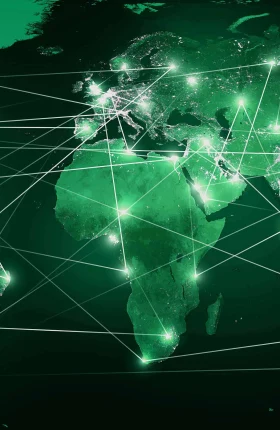
Article
2025年4月23日
Rising protectionism is increasing the risk of breaking complex and ever-changing trade rules. Incorporating trade compliance across the value chain is essential.
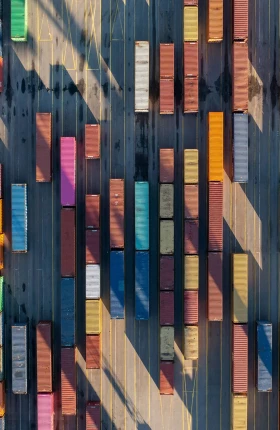
Update
2025年4月18日
Investor sentiment is cooling amid US tariffs, but expectations of US equities and listed companies remain high.
Explore Tariff Insights By Industry

Article
2025年5月14日
The new tariffs affect everything from insurers' claims underwriting to investment returns. But there's opportunity for companies that navigate the changes successfully.

Article
2025年5月8日
The tariff escalation between the US and key trading partners will hit the beauty industry, but there's opportunity for companies that can adapt strategically.
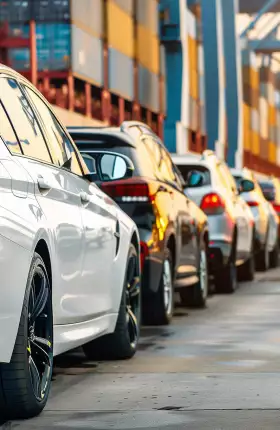
Article
2025年5月8日
Explore three potential tariff scenarios, their impact on auto sales, and what leaders can do to stay ahead.

Article
2025年5月2日
In the face of recent tariff proposals and widespread economic uncertainty, IT leaders are prioritizing controlling costs—and doubling down on AI investments to help manage budgets and boost productivity.

The impact of tariffs will be felt across the automotive industry. How individual automakers are likely to be affected will depend largely on their specific production and sourcing footprints.

Update
2025年2月21日
New tariffs will have a far-reaching impact on manufacturing costs and supply chains across a range of industries including those using or producing derivative products.
Navigating Tariffs
Explore facts about tariffs, debunk common myths, and understand their real impact on your business.
Global Talent

Slideshow
2025年12月5日
For the first time since 2020, the pace of movement across the more than 200 countries we track has fallen. And new talent hot spots are emerging.

Slideshow
2025年6月18日
The US still led as the destination of choice, but the UAE is catching up. Find out more about the work-related migration of the best and brightest.
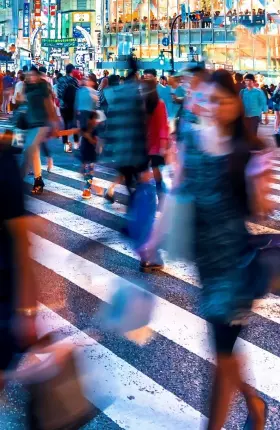
Article
2025年1月27日
The competition for talent is taking on a new urgency, as countries increasingly compete for skills that can give them a strategic edge beyond economics.

Slideshow
2024年11月11日
Leadership in technology and business relies heavily on one factor: access to the world’s top talent.

Article
2024年3月28日
Public talent investment funds come with a clear business case for action: attracting and retaining global top talent generates a substantial return on investment.
Customer Insights

Slideshow
2025年12月15日
Consumers anticipate spending more—not because they want to, but because they have to. The predicted rise in spending is driven almost entirely by inflation.

Slideshow
2025年4月18日
But what happens in terms of spending will vary by situation, by country, and by category, so pockets of growth remain to be tapped.

Article
2025年6月25日
Travel companies should seek ways to attract local and regional tourists as well as international visitors and prepare for a rapidly evolving customer base.
BCG managing director and partner Aparna Bharadwaj looks at under-the-radar affinities that reach beyond individual cultures, highlighting patterns that could bring the world closer together.

Article
2022年9月13日
A BCG survey confirms that most consumers are ready to embrace sustainable products. Here are three ways to help make that happen.
エキスパート
Meet Our Diversity, Equity, and Inclusion Consulting Experts






